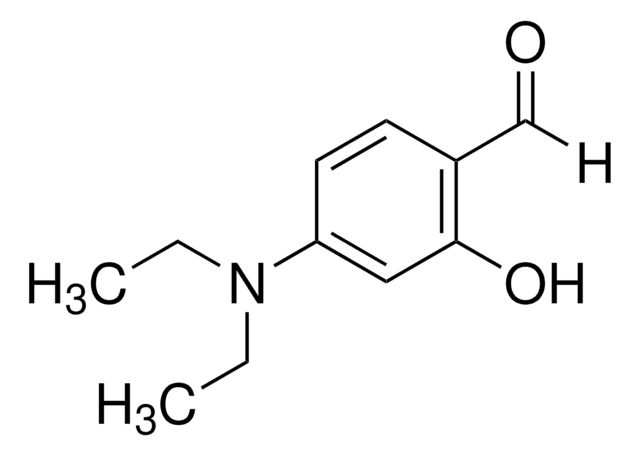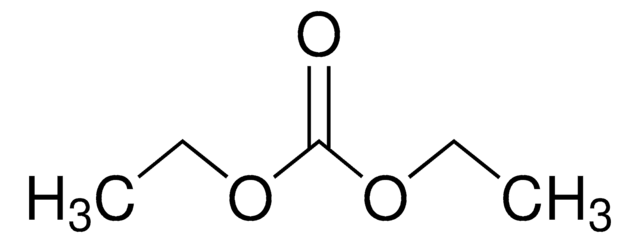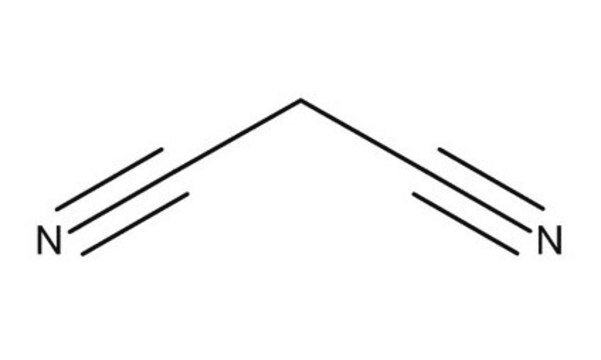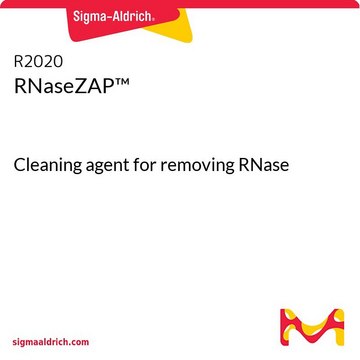Key Documents
210145
2,2-Dimethyl-1,3-dioxane-4,6-dione
98%
Synonim(y):
Malonic acid cyclic isopropylidene ester, Meldrum’s acid, cycl-Isopropylidene malonate
About This Item
Polecane produkty
Próba
98%
Postać
solid
mp
92-96 °C (lit.)
rozpuszczalność
dioxane: soluble 5%, clear to very slightly hazy, colorless to faintly yellow
grupa funkcyjna
ester
temp. przechowywania
2-8°C
ciąg SMILES
CC1(C)OC(=O)CC(=O)O1
InChI
1S/C6H8O4/c1-6(2)9-4(7)3-5(8)10-6/h3H2,1-2H3
Klucz InChI
GXHFUVWIGNLZSC-UHFFFAOYSA-N
Szukasz podobnych produktów? Odwiedź Przewodnik dotyczący porównywania produktów
Powiązane kategorie
Opis ogólny
Meldrum′s acid is used as a valuable starting material to synthesize heterocycles and as intermediates in organic synthesis reactions.
Zastosowanie
- macrocyclic β-keto lactone
- 4-pyridyl-substituted heterocycles
- 2-substituted indoles
- isofraxidin.
Kod klasy składowania
11 - Combustible Solids
Klasa zagrożenia wodnego (WGK)
WGK 2
Temperatura zapłonu (°F)
Not applicable
Temperatura zapłonu (°C)
Not applicable
Środki ochrony indywidualnej
Eyeshields, Gloves, type N95 (US)
Wybierz jedną z najnowszych wersji:
Masz już ten produkt?
Dokumenty związane z niedawno zakupionymi produktami zostały zamieszczone w Bibliotece dokumentów.
Produkty
Knoevenagel Condensation is an organic reaction named after Emil Knoevenagel. It is a classic C-C bond formation reaction and a modification of the Aldol Condensation.
Kondensacja Knoevenagela to reakcja organiczna nazwana na cześć Emila Knoevenagela. Jest to klasyczna reakcja tworzenia wiązań C-C i modyfikacja kondensacji aldolowej.
Nasz zespół naukowców ma doświadczenie we wszystkich obszarach badań, w tym w naukach przyrodniczych, materiałoznawstwie, syntezie chemicznej, chromatografii, analityce i wielu innych dziedzinach.
Skontaktuj się z zespołem ds. pomocy technicznej








